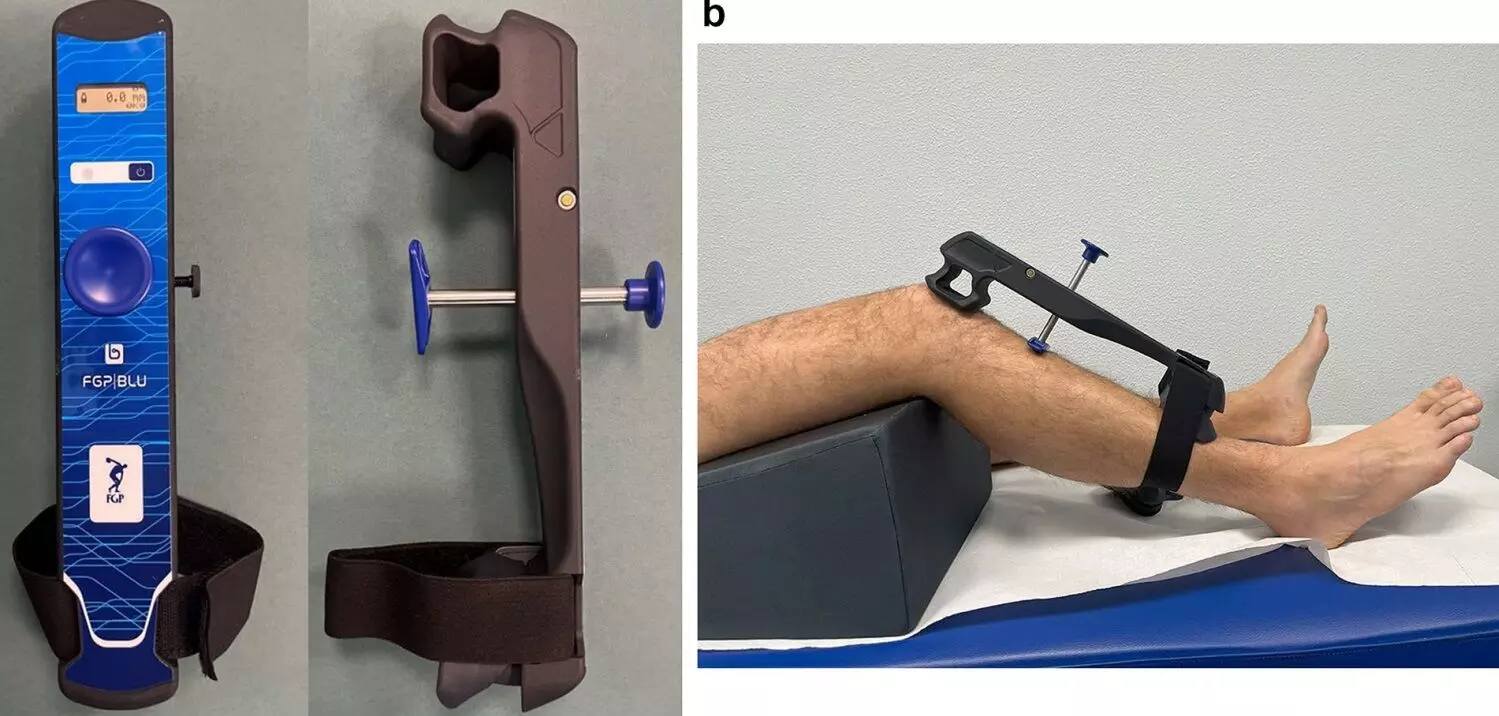- Home
- Medical news & Guidelines
- Anesthesiology
- Cardiology and CTVS
- Critical Care
- Dentistry
- Dermatology
- Diabetes and Endocrinology
- ENT
- Gastroenterology
- Medicine
- Nephrology
- Neurology
- Obstretics-Gynaecology
- Oncology
- Ophthalmology
- Orthopaedics
- Pediatrics-Neonatology
- Psychiatry
- Pulmonology
- Radiology
- Surgery
- Urology
- Laboratory Medicine
- Diet
- Nursing
- Paramedical
- Physiotherapy
- Health news
- AYUSH
- State News
- Andaman and Nicobar Islands
- Andhra Pradesh
- Arunachal Pradesh
- Assam
- Bihar
- Chandigarh
- Chattisgarh
- Dadra and Nagar Haveli
- Daman and Diu
- Delhi
- Goa
- Gujarat
- Haryana
- Himachal Pradesh
- Jammu & Kashmir
- Jharkhand
- Karnataka
- Kerala
- Ladakh
- Lakshadweep
- Madhya Pradesh
- Maharashtra
- Manipur
- Meghalaya
- Mizoram
- Nagaland
- Odisha
- Puducherry
- Punjab
- Rajasthan
- Sikkim
- Tamil Nadu
- Telangana
- Tripura
- Uttar Pradesh
- Uttrakhand
- West Bengal
- Medical Education
- Industry
BLU DAT: new reliable and accurate arthrometer for measuring anterior knee laxity

Although many arthrometers have been developed to assess anterior knee laxity, reliability and diagnostic accuracy of these devices are still debated.
Alessandro Colosio et al conducted a study to evaluate the validity of a new arthrometer in the outpatient setting, with the hypothesis that it had good validity in terms of reliability and diagnostic accuracy.
The study was conducted at Department of Bone and Joint Surgery, Spedali Civili, Brescia, Italy. It has been published in “Knee Surgery, Sports Traumatology, Arthroscopy journal.”
Seventy-eight subjects (39 with ACL injury and 39 with normal ACL) were tested. ATT was assessed by means of the Lachman test at 30° of flexion with a new testing device (BLU-DAT) under three different loading conditions: 7 kg (69 N), 9 kg (88 N) and maximum (MMT). The tests were performed on both knees to obtain SSD. In the ACL injury group, the tests were performed by two examiners and one of them repeated a second test series. Inter- and intra-observer reliability were assessed with the intraclass correlation coefficients (ICCs) for the average SSD measures. In the normal-ACL group, the analysis was performed with the same testing setup. Side-to-side difference measures of the two groups at every loading condition were compared by Student’s t test. Data of test series were dichotomized based on the threshold value of 3-mm SSD as pathological ATT and 2×2 contingency tables were used to assess diagnostic accuracy.
Key findings of the study were:
The ICCs for intra-observer reliability at 7-kg (69 N), 9-kg (88 N) and MMT measurements were 0.781, 0.855 and 0.913, respectively.
The ICC for inter-observer reliability at 7-kg (69 N), 9-kg (88 N) and MMT measurements were 0.701, 0.845 and 0.834, respectively.
Comparison between the two groups showed a significant mean difference ranging from 3.4 mm for 7-kg (69 N) load to 4.6 mm for MMT.
Overall accuracy ranged from 84.6% for 7-kg load to 98.7% for MMT.
The authors concluded that – “The BLU-DAT has proven to be an instrument with good intra- and inter-observer reliability and very good accuracy in the diagnosis of ACL injuries in the outpatient setting. So, the BLU-DAT can be a new useful tool in everyday clinical practice to assist in the diagnosis of ACL injury.”
Level of evidence II.
Further reading:
BLU DAT: a new reliable and accurate arthrometer for measuring anterior knee laxity
Alessandro Colosio, Alessandra Scaini et al
Knee Surgery, Sports Traumatology, Arthroscopy (2023) 31:4782–4790
https://doi.org/10.1007/s00167-023-07534-5
MBBS, Dip. Ortho, DNB ortho, MNAMS
Dr Supreeth D R (MBBS, Dip. Ortho, DNB ortho, MNAMS) is a practicing orthopedician with interest in medical research and publishing articles. He completed MBBS from mysore medical college, dip ortho from Trivandrum medical college and sec. DNB from Manipal Hospital, Bengaluru. He has expirence of 7years in the field of orthopedics. He has presented scientific papers & posters in various state, national and international conferences. His interest in writing articles lead the way to join medical dialogues. He can be contacted at editorial@medicaldialogues.in.



